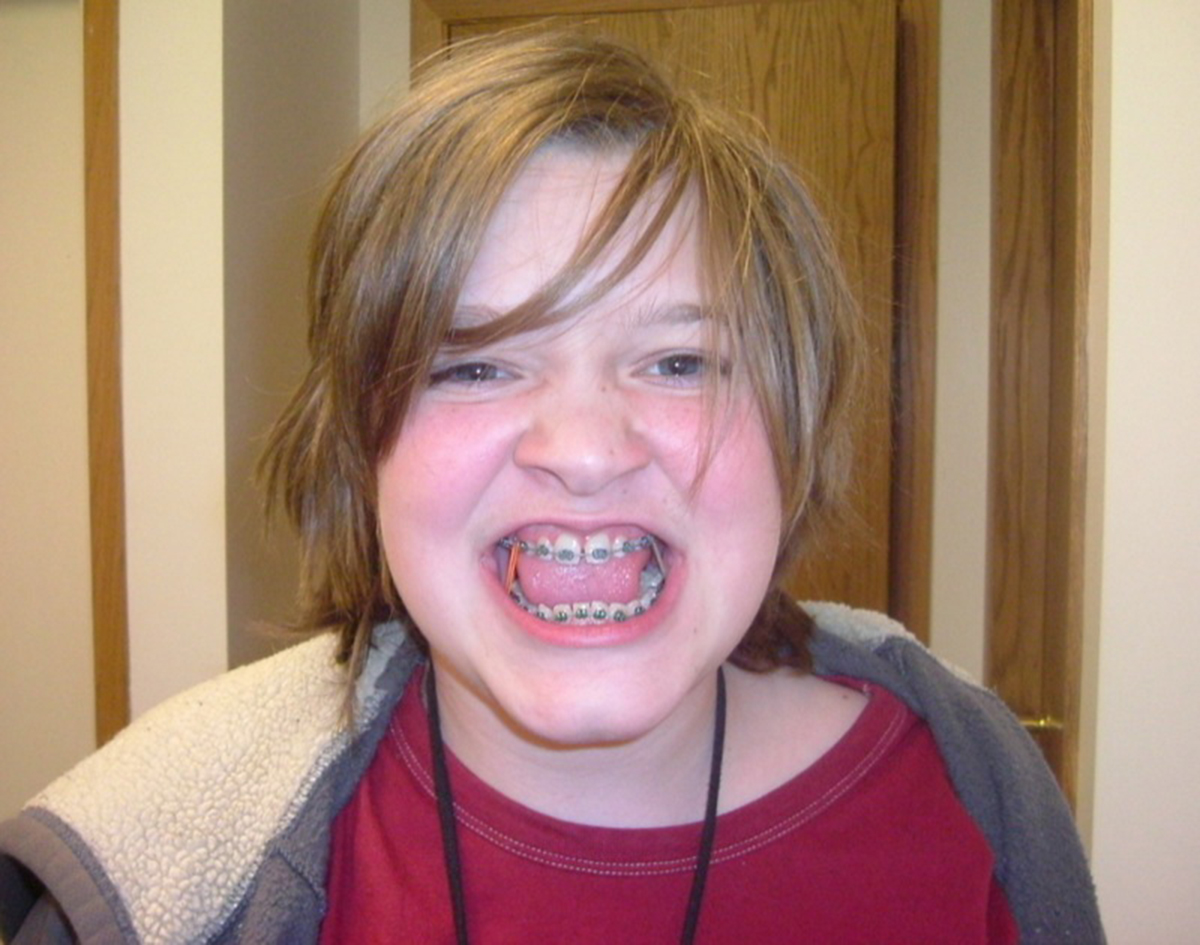Table of Contents
Most people think that the only reason braces need to be put on their children’s teeth is for cosmetic correction. It is hard to blame them for this line of thought, as this is what is portrayed and taught to them by the general population around them.
Yes, cosmetic irregularities are corrected during the course of orthodontic treatment; however there can be instances when an occlusion may look cosmetically acceptable but be functionally detrimental to the child. These are certain instances where braces address a medical purpose rather than a cosmetic one.
Often times, the orthodontic treatment that is carried out includes the use of functional devices that serve to train the patients and help them get rid of deleterious habits.

Braces For Sleep Apnea
There are many reasons why children may suffer from sleep apnea, ranging from enlarged adenoids to a deviated septum. One of the things that should also be investigated is the presence of an occlusal disturbance that is contributing to the disease. This is seen more commonly in children where the development of the lower jaw has not taken place as expected. The overall treatment plan includes an orthodontic correction of the offending malocclusion.
Braces To Aid Jaw Development
Getting orthodontic treatment can help boost jaw development during the age of skeletal growth. This can be invaluable to the patient in the long run, and requires the use of intra oral and/or extra oral devices.
While in most children jaw development takes place within normal parameters, there are a few who require a helping hand. The causes of poor jaw development could be an injury sustained during early life, the presence of certain syndromes like Kleinfelter syndrome, or there may be no apparent reason at all.
It also has a much larger impact on the overall development of the child. If orthodontic treatment is given at the right time, the need for expensive orthognathic surgery could be avoided, although, that is sometimes needed even after orthodontic treatment has been provided. Our jaws and teeth provide support to the lips, cheeks and guide the development of the nose as well and so a discrepancy in their development affects each and every associated structure as well.
Correcting A Deep Bite With Braces
This is one of those conditions where the teeth appear to have erupted relatively normally. The parents might not be able to appreciate the malocclusion that exists, since it does not immediately appear obvious.
Our upper and lower teeth are supposed to overlap each other vertically. This overlap, ideally, should be about 2 milimeters. Very few people have ideal teeth and the presence of a bite that deviates from perfect is not enough reason enough to undergo treatment, however long-term studies have found that people who have a deep bite are much more likely to have a traumatic occlusion.
READ Dental Braces For Adults: What Do You Need To Know?
The doctor will make a note of the malocclusion and look for any signs of trauma on the teeth, otherwise there is no need for treatment.
- Photo courtesy of Aine D via Flickr: www.flickr.com/photos/dainec/59778603
- Photo courtesy of tompagenet via Flickr: www.flickr.com/photos/tompagenet/11519865645

